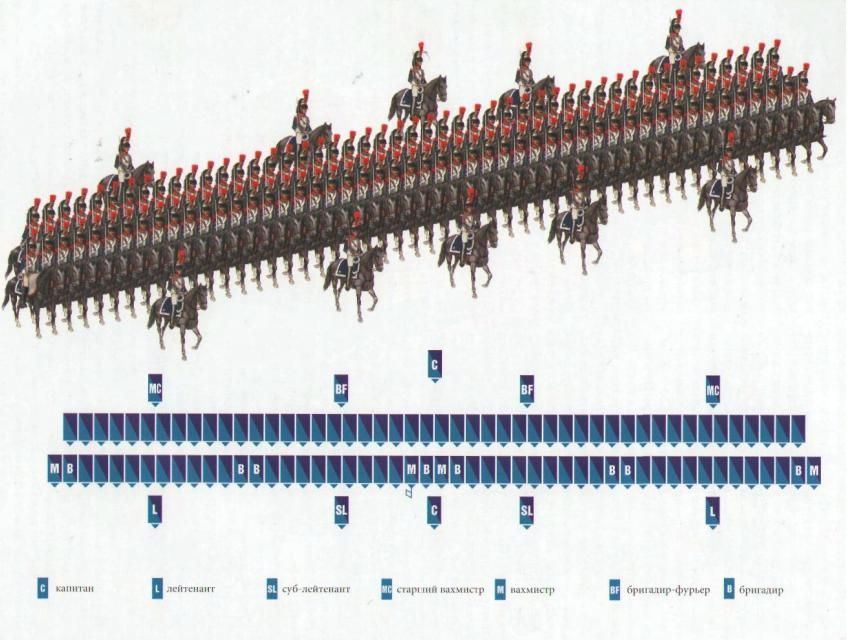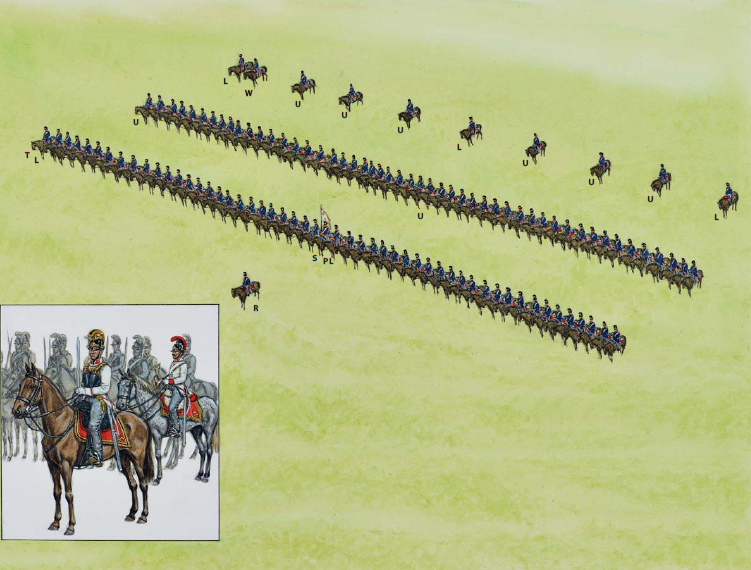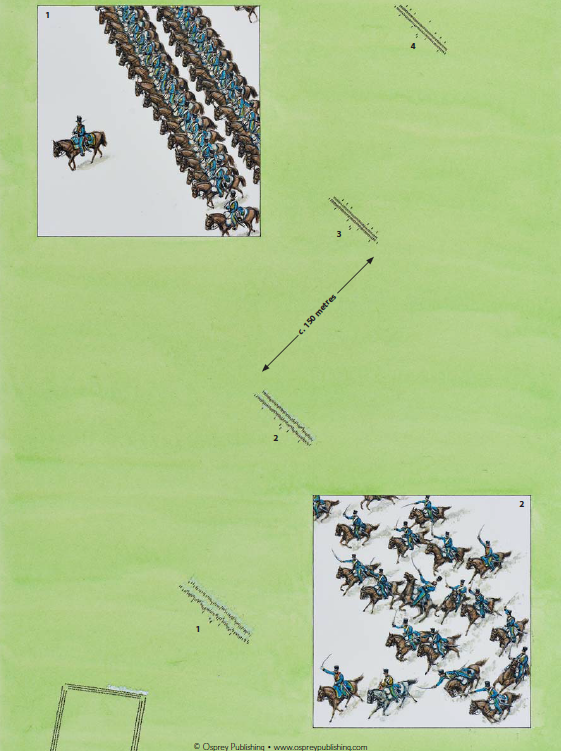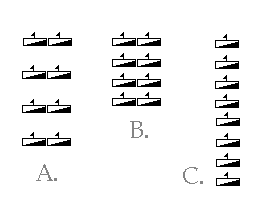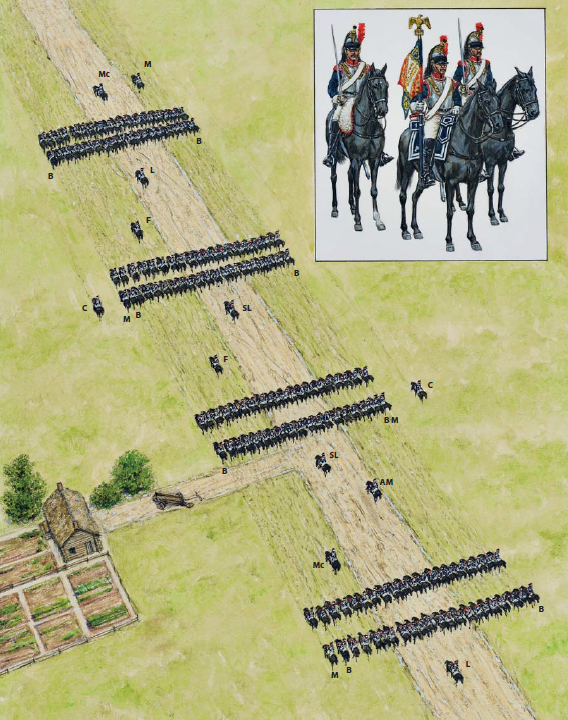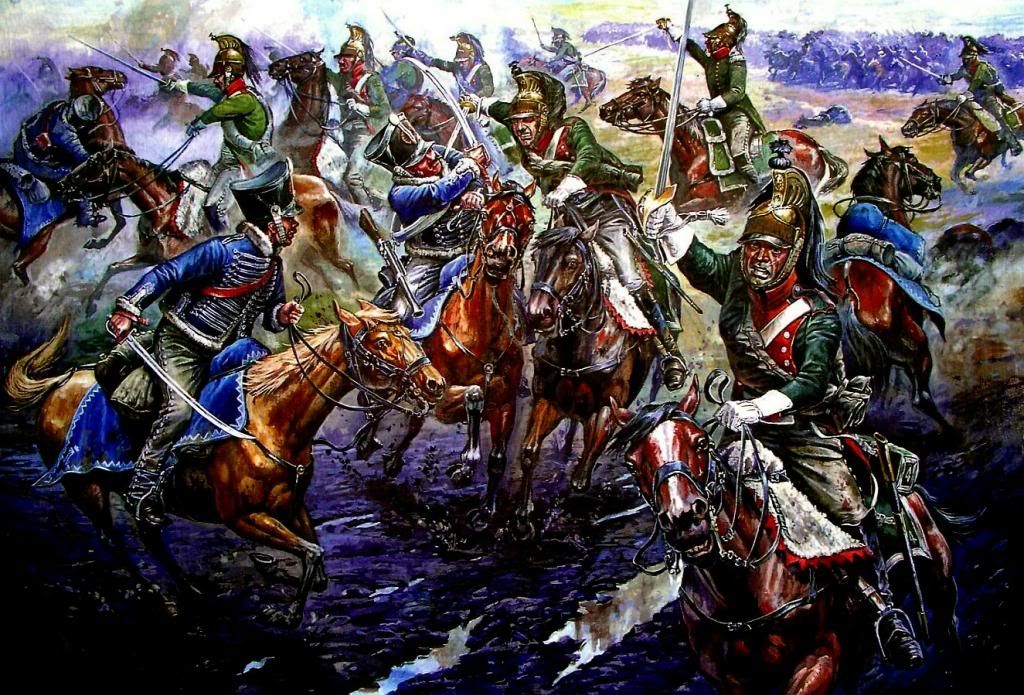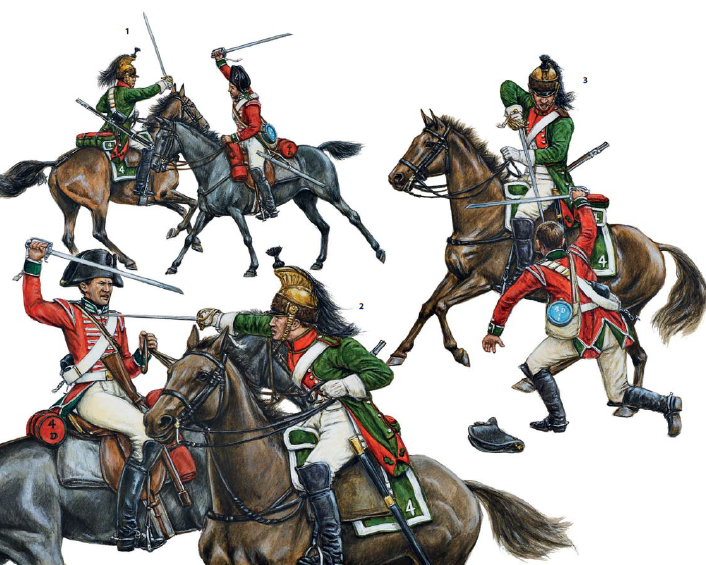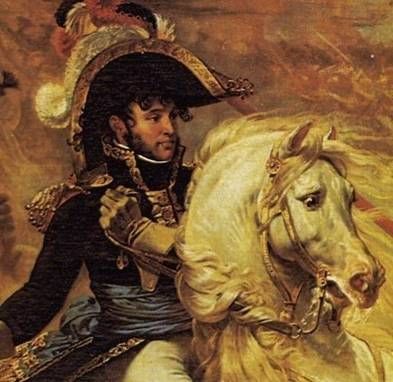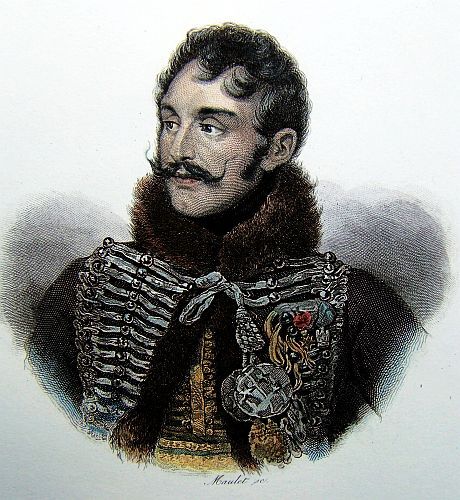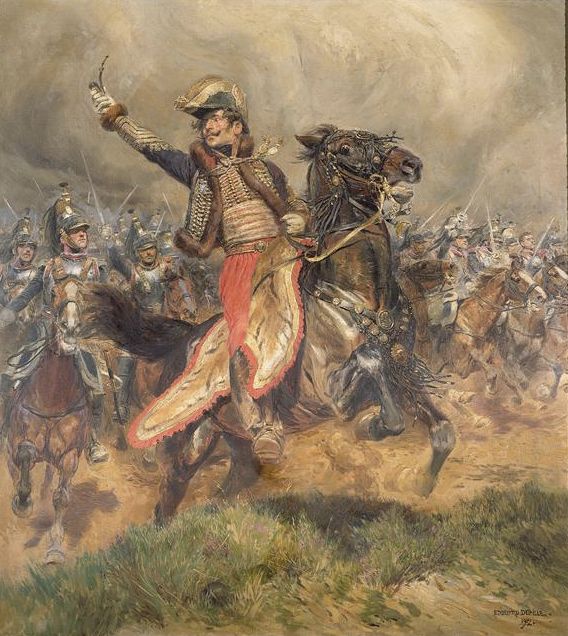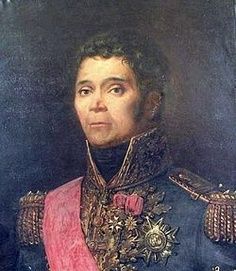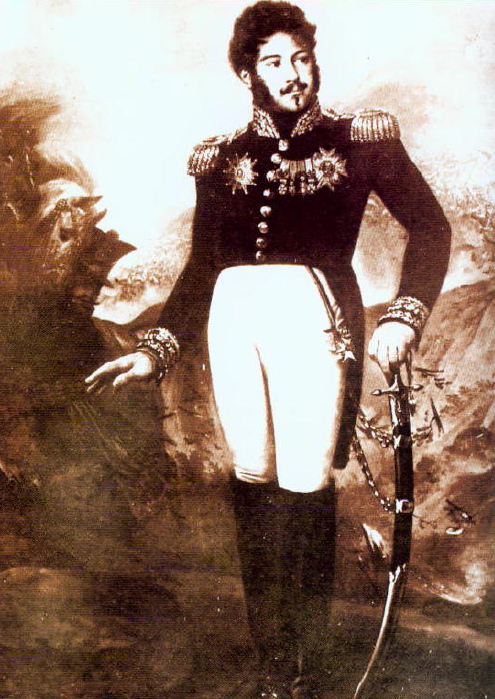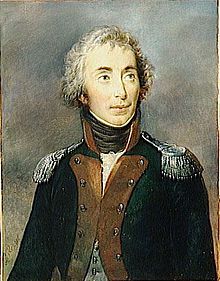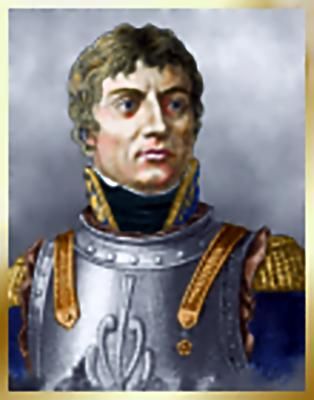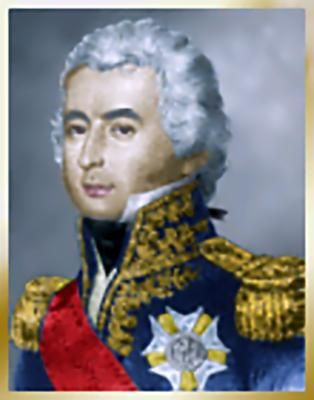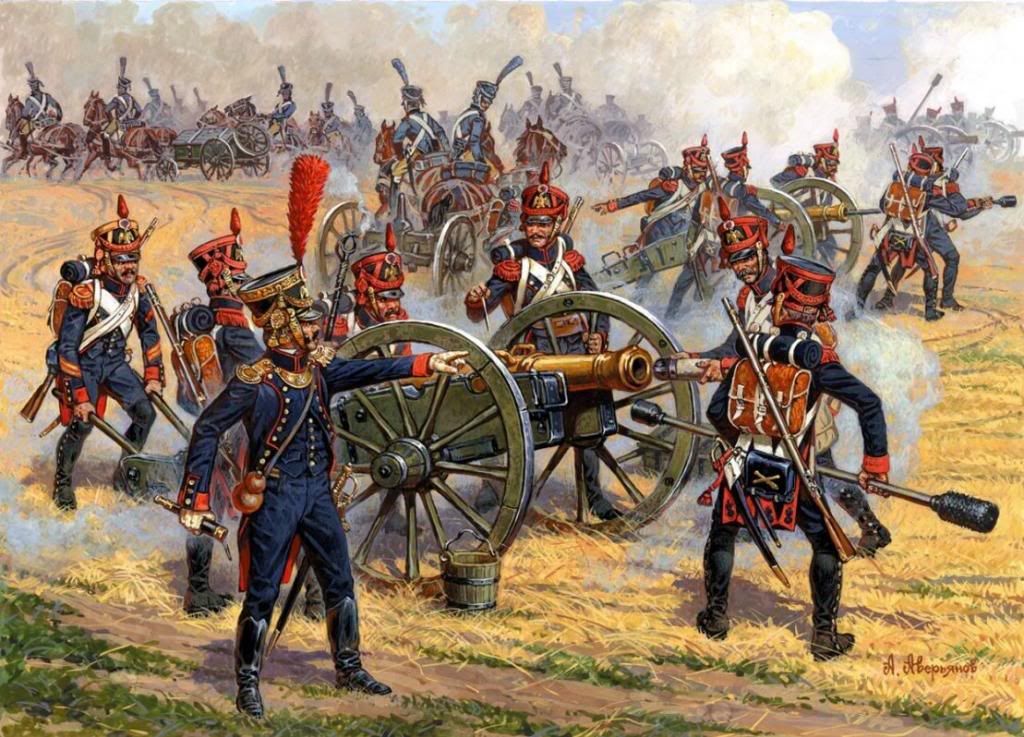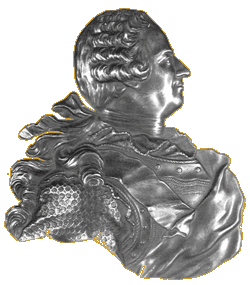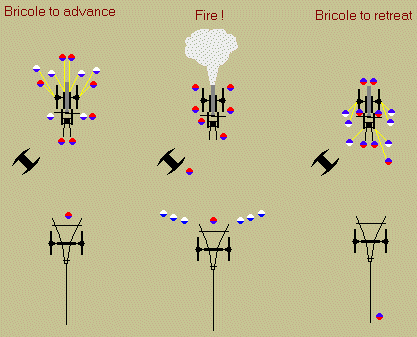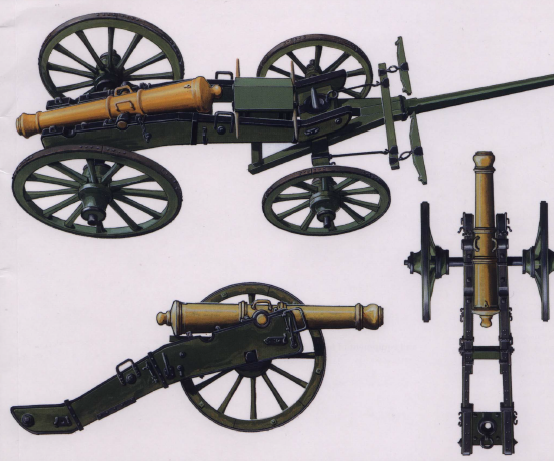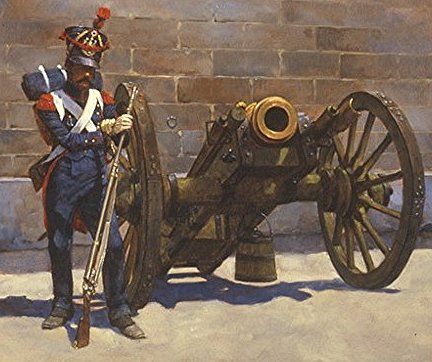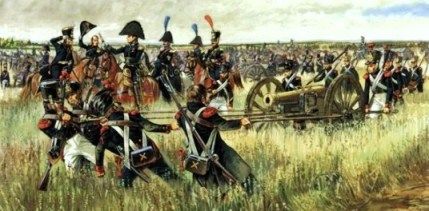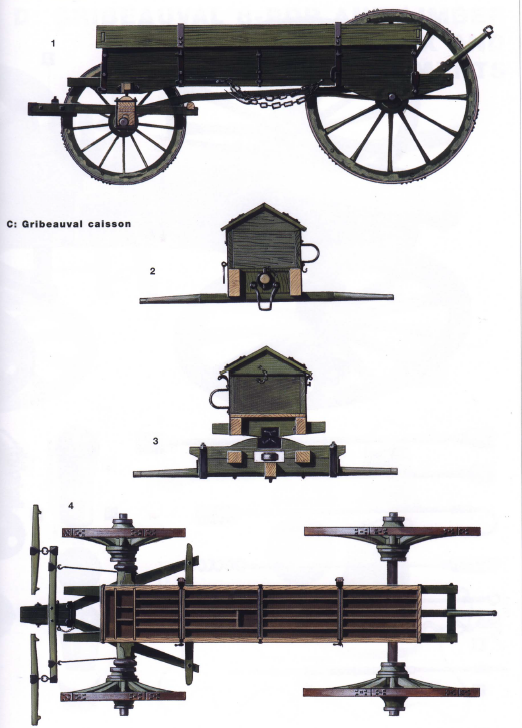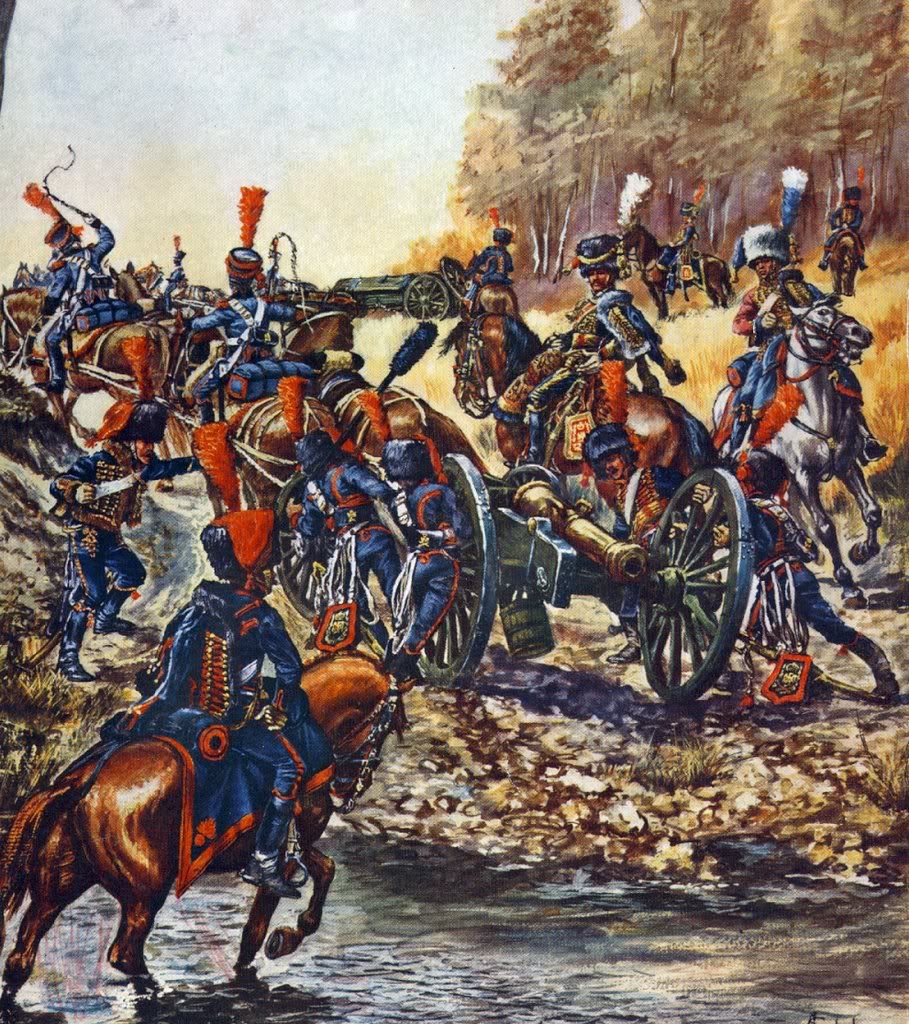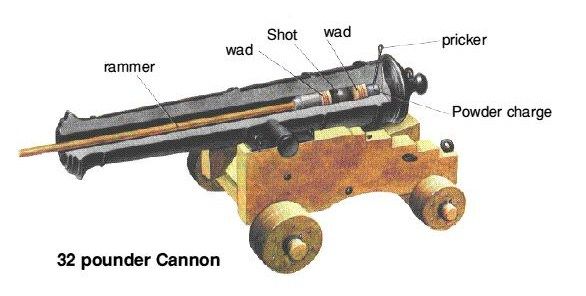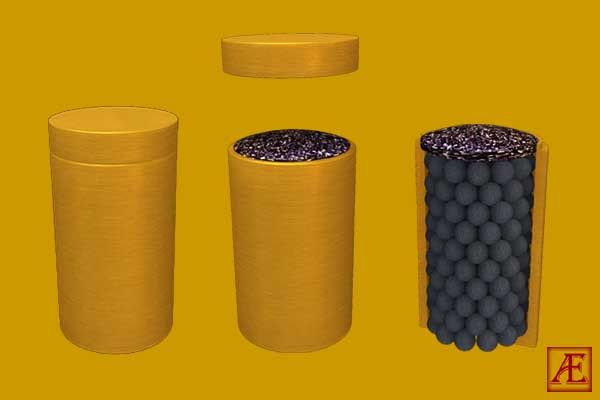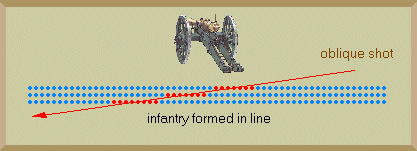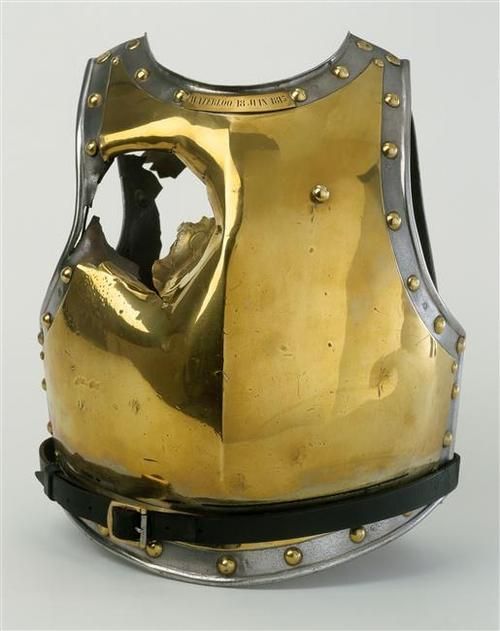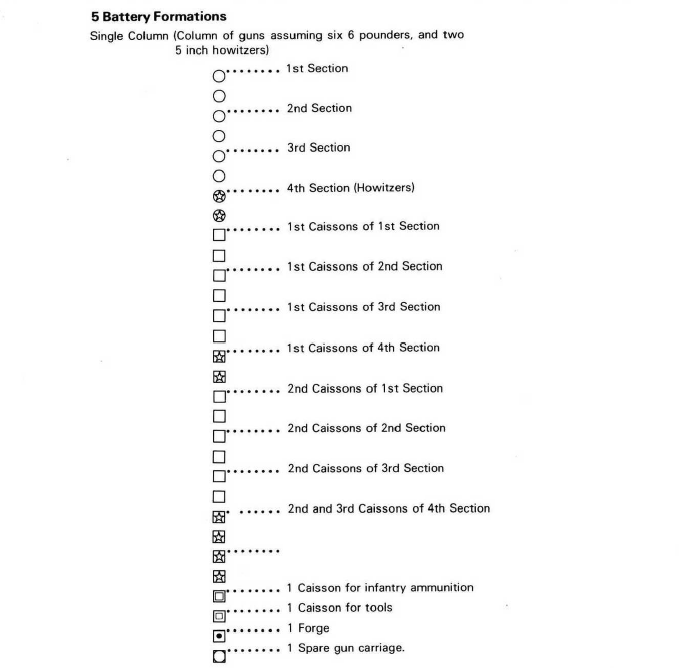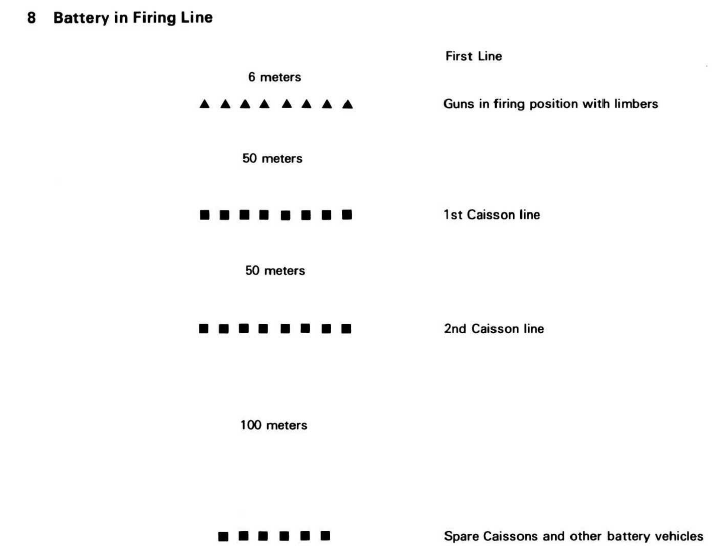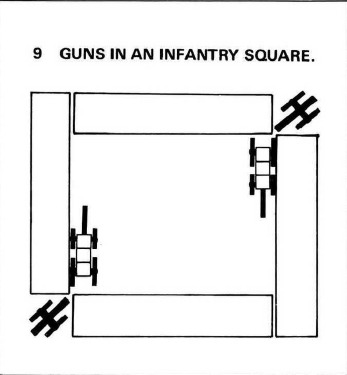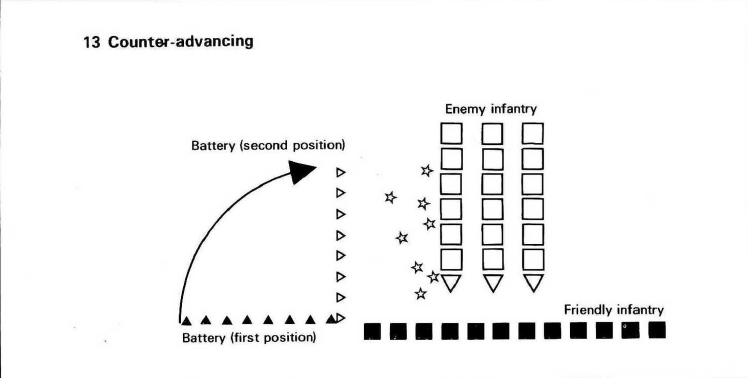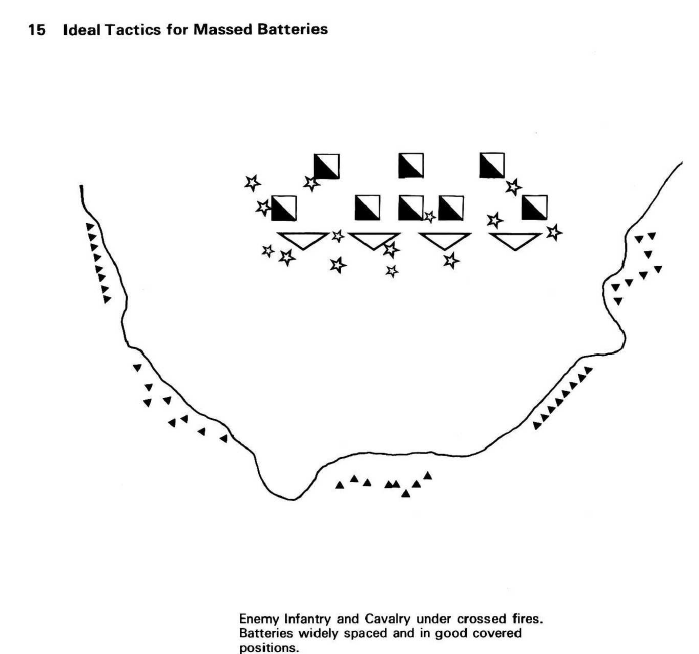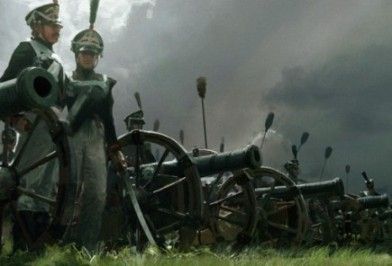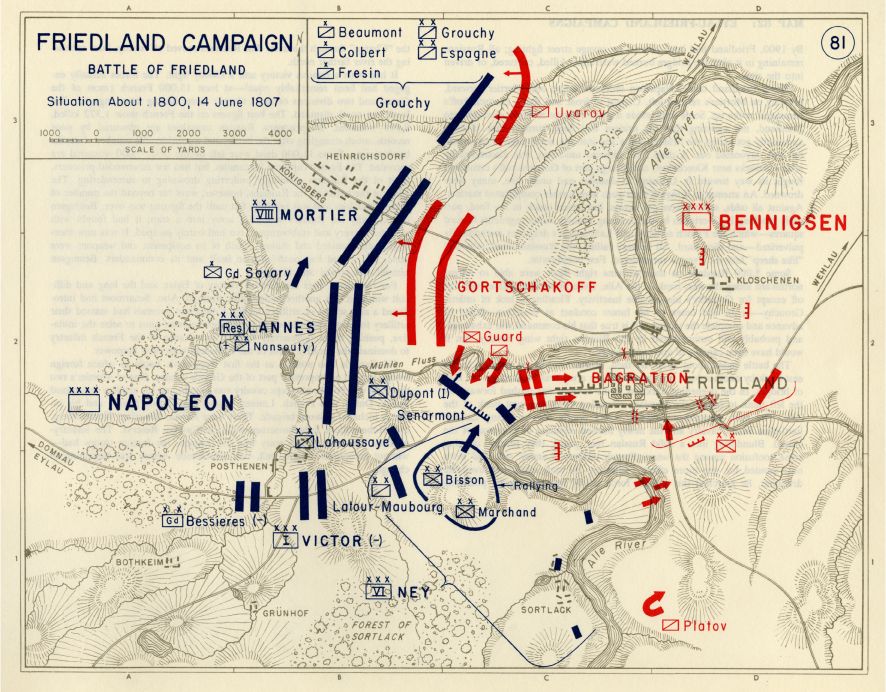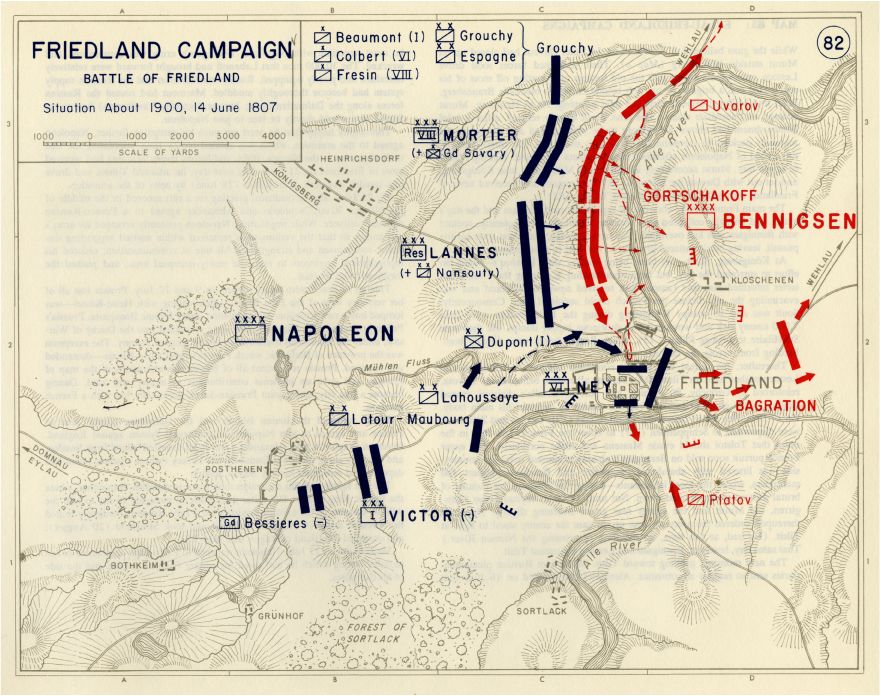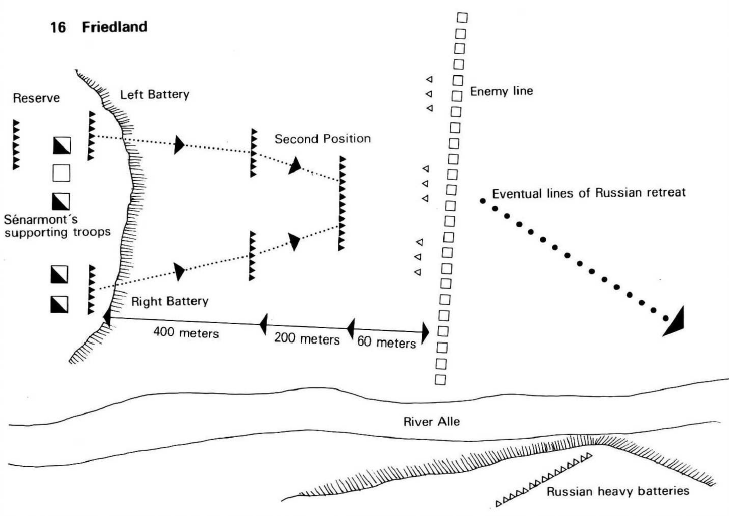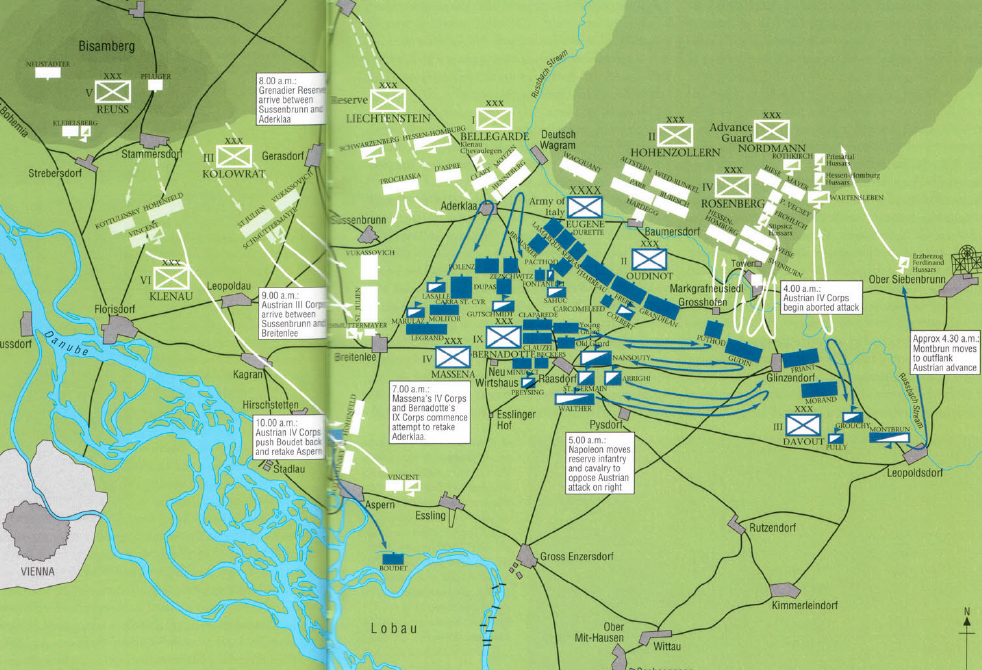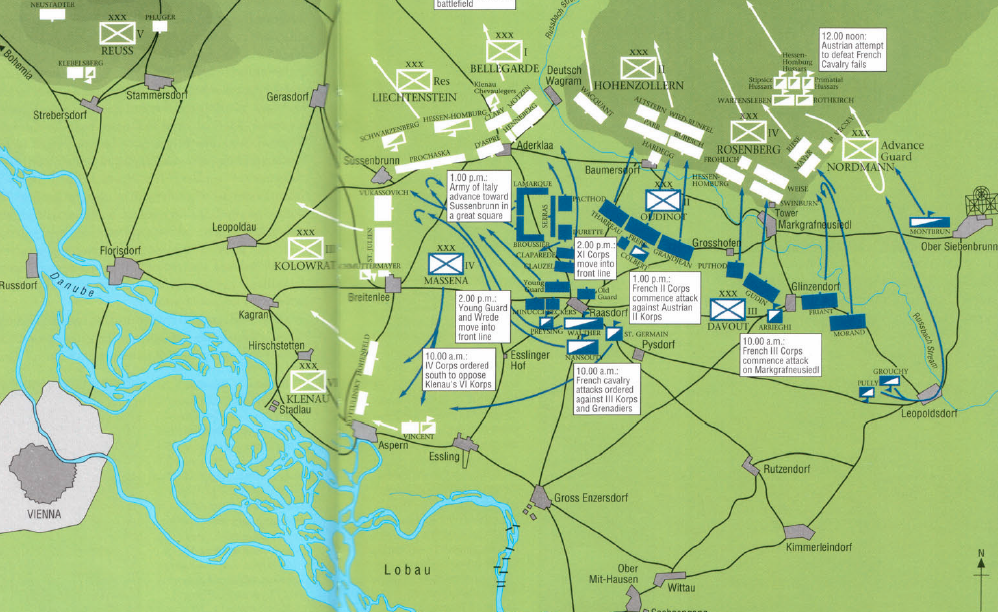Nilgiri
INT'L MOD
- Aug 4, 2015
- 25,768
- 48,113
- Country of Origin

- Country of Residence

- Thread starter
- #16
CUIRASSIERS:When Napoleon came to power he inherited 28 regiments of largely understrength heavy cavalry.Much of them were heavy cavalry mostly in name.Only 2 regiments had body armour.The use of body armour or cuirasses in europe had declined to the point of being nonexistent.Only a handful regiments in the russian and prussian guards still used cuirasses and that too only with the front chestplate.Neither austria nor britain used armoured cavalry,which was considered an anachronism.Napoleon first used the best troopers from the understrength regiments and used them to fill up the ranks of the other regiments to 4 squadron per regiment.In this way 12 full strength cuirassier regiments were formed .The rest of the men left in the other regiments were converted to dragoons.These 12 regiments were then uparmoured with the full plate cuirass.All were ready by 1805.
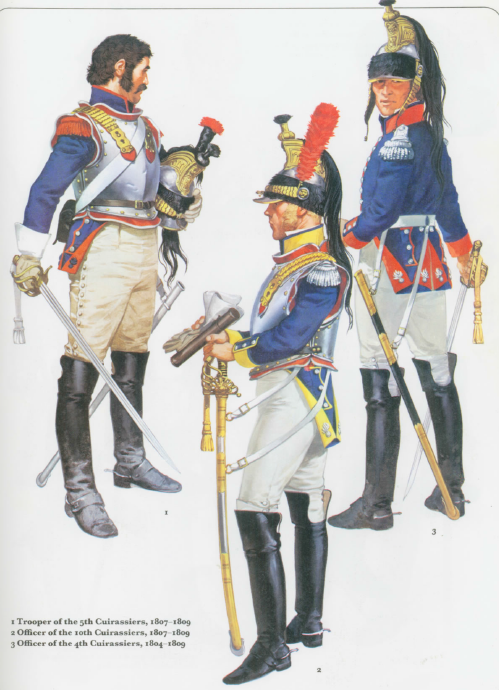
The most feared among all french horsemen,The French cuirassiers were the descendants of the medieval knights, who could turn a battle with their sheer weight,massed shock and brute force.
These were the big men on big horses who were held in reserve exclusively for service in battle.Because of the weight of their armour and weapons, both trooper and horse had to be big and strong, and could consequently put a lot of force behind their charge.They were never parcelled out among the individual corps,but kept concentrated in a central heavy cavalry reserve in cavalry divisions.Cuirassiers were also exempt from escort and picket duty and used solely in pitched battle.

Due to their large size and heavy armor, which increased their protection and survivability, the heavy cavalry was Napoleon’s decisive combat arm that could deliver a devastating blow upon enemy units when properly employed.Typically heavy cavalry charges were used in conjunction with the artillery. Following an artillery barrage, the heavy cavalry charged forward in mass in order to penetrate enemy lines and exploit any tactical success. Napoleon also used his heavy cavalry to counterattack any enemy cavalry assault.
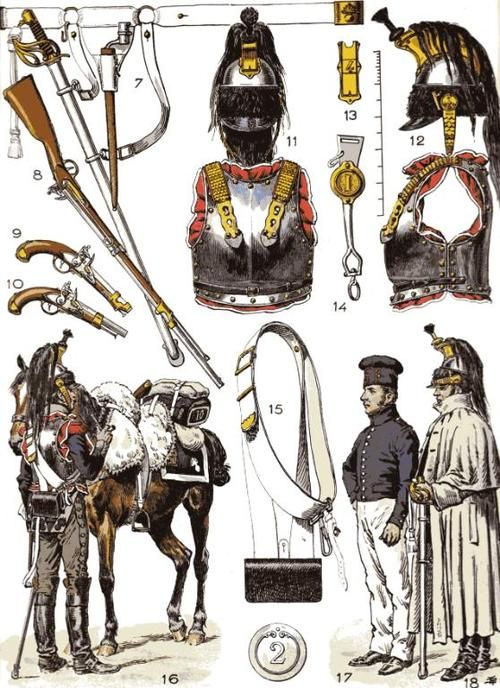
The heavy cavalry,was equipped and armed almost like the knights of old with a heavy cuirass(breastplate) and helmets of brass and iron and armed with straight long sabers, pistols and later carbines.Few cuirassiers ever used firearms except pistols,trusting solely to cold steel.Though the cuirass could not protect against flintlock musket fire, it could deflect shots from long range, offered moderate protection from pistol fire and could protect the wearer from ricochets. More importantly, in an age which saw cavalry used in large numbers, the breastplates provided protection against the swords and lances of opposing cavalry.Cuirassiers were the worst nightmare of lancers,lancers were used to outreaching their opponents like hussars and dragoon with their lance -but usually found themselves helpless against the armour of the cuirassiers.
Cuirassiers often made a strong impression on friend and foe alike.The british who had never faced these metal clad horsemen in spain,were very impressed with them at waterloo.They believed them to be 'bonaparte's bodyguard'.After waterloo the british adopted the cuirassier's armour and straight sword for their own Household cavalry.In the grande armee itself they were nicknamed the 'Steel waistcoats' or the 'Emperor's Big boots'.
CARABINIERS -A-CHEVAL :
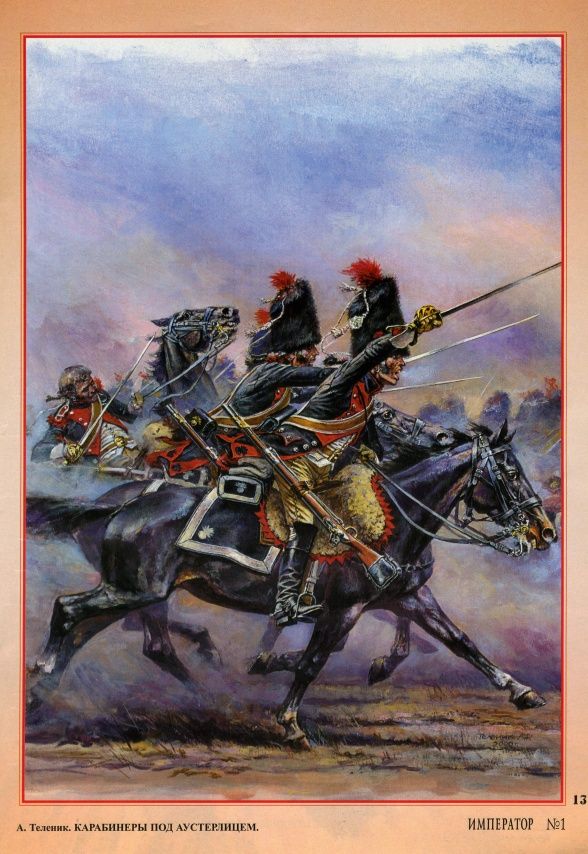
The other heavy cavalry were the horse carabiniers.Just 2 regiments were present,their regimental histories dating back to before Louis XIV.These were considered elite heavy cavalry.They were used in the same fashion and armed similar to cuirassiers.But they lacked cuirasses in 1805.They wore blue dress with black bearskin caps,and rode exclusively black horses.They were given cuirasses and a whole dress makeover in 1809.Their outfits in 1805 were very similar to the elite horse grenadiers of the imperial guard.

Heavy cavalry and dragoons used a straight heavy thrusting sword.Unlike the curved sabres these were honed to use the point instead of the slash.The thrust was more deadly than the cut.Also the longer reach of the thrusting sword gave a small advantage in the initial clash between opposing horsemen.(an advantage multiplied if u also had body armour)
NAPOLEON'S EMPLOYMENT OF HIS CAVALRY ARM :
''Cavalry is useful before,during and after the battle'' -Napoleon
Napoleon made great use of his cavalry arm,adding a strategic dimension to their role.
Napoleon’s tactical methods involved three phases during which the cavalry played a critical role in each. The first phase was the movement to contact in which the light cavalry, performing reconnaissance missions forward of the advancing main body, would establish contact with the enemy forces. This would set the conditions for the advance guard to fix the enemy, phase two. The second phase began as the main body’s advance guard began to engage the enemy. While this was taking place, the light cavalry would then position themselves off to a flank in order to establish a screen line that would conceal the maneuver force’s positioning from the enemy, prior to the impending flank attack. The third phase involved the reinforcement of the advanced guard’s fight as they engaged the enemy in a battle of attrition. Once the enemy was fixed, Napoleon would then launch a flanking attack to cut off the enemy’s line of retreat and force him to extend and fight in two directions at once.
It was then at this apex of the line, where the enemy was typically weakest, that Napoleon selected for his point for penetration. A massed artillery bombardment would devastate the weakened enemy line, and the heavy cavalry would be committed to smash the line and exploit the enemy. Once the artillery and heavy cavalry created the gap, the light cavalry would then be committed to follow through and begin the pursuit.(each of these phases will be described with diagrams in later section-Napoleon's art of war)
Thus light and medium cavalry were the main types useful before and after the battle,while they played a supporting role in battle.While the heavy cavalry was useful exclusively in battle.For this purpose the entire heavy cavalry was massed into a central cavalry reserve.The light cavalry was distributed among the various corps and some dragoons as well.The cavalry corps had the massed heavy cavalry regiments,plus more dragoon regiments and its own light cavalry regiments(those not distributed among the corps)so that they could perform screening and reconssaince for the entire army.This huge cavalry corps or reserve was commanded by marshal murat and had its own artillery support.
NEXT: French Cavalry tactics,commanders,analysis.

The most feared among all french horsemen,The French cuirassiers were the descendants of the medieval knights, who could turn a battle with their sheer weight,massed shock and brute force.
These were the big men on big horses who were held in reserve exclusively for service in battle.Because of the weight of their armour and weapons, both trooper and horse had to be big and strong, and could consequently put a lot of force behind their charge.They were never parcelled out among the individual corps,but kept concentrated in a central heavy cavalry reserve in cavalry divisions.Cuirassiers were also exempt from escort and picket duty and used solely in pitched battle.

Due to their large size and heavy armor, which increased their protection and survivability, the heavy cavalry was Napoleon’s decisive combat arm that could deliver a devastating blow upon enemy units when properly employed.Typically heavy cavalry charges were used in conjunction with the artillery. Following an artillery barrage, the heavy cavalry charged forward in mass in order to penetrate enemy lines and exploit any tactical success. Napoleon also used his heavy cavalry to counterattack any enemy cavalry assault.

The heavy cavalry,was equipped and armed almost like the knights of old with a heavy cuirass(breastplate) and helmets of brass and iron and armed with straight long sabers, pistols and later carbines.Few cuirassiers ever used firearms except pistols,trusting solely to cold steel.Though the cuirass could not protect against flintlock musket fire, it could deflect shots from long range, offered moderate protection from pistol fire and could protect the wearer from ricochets. More importantly, in an age which saw cavalry used in large numbers, the breastplates provided protection against the swords and lances of opposing cavalry.Cuirassiers were the worst nightmare of lancers,lancers were used to outreaching their opponents like hussars and dragoon with their lance -but usually found themselves helpless against the armour of the cuirassiers.
Cuirassiers often made a strong impression on friend and foe alike.The british who had never faced these metal clad horsemen in spain,were very impressed with them at waterloo.They believed them to be 'bonaparte's bodyguard'.After waterloo the british adopted the cuirassier's armour and straight sword for their own Household cavalry.In the grande armee itself they were nicknamed the 'Steel waistcoats' or the 'Emperor's Big boots'.
CARABINIERS -A-CHEVAL :

The other heavy cavalry were the horse carabiniers.Just 2 regiments were present,their regimental histories dating back to before Louis XIV.These were considered elite heavy cavalry.They were used in the same fashion and armed similar to cuirassiers.But they lacked cuirasses in 1805.They wore blue dress with black bearskin caps,and rode exclusively black horses.They were given cuirasses and a whole dress makeover in 1809.Their outfits in 1805 were very similar to the elite horse grenadiers of the imperial guard.

Heavy cavalry and dragoons used a straight heavy thrusting sword.Unlike the curved sabres these were honed to use the point instead of the slash.The thrust was more deadly than the cut.Also the longer reach of the thrusting sword gave a small advantage in the initial clash between opposing horsemen.(an advantage multiplied if u also had body armour)
NAPOLEON'S EMPLOYMENT OF HIS CAVALRY ARM :
''Cavalry is useful before,during and after the battle'' -Napoleon
Napoleon made great use of his cavalry arm,adding a strategic dimension to their role.
Napoleon’s tactical methods involved three phases during which the cavalry played a critical role in each. The first phase was the movement to contact in which the light cavalry, performing reconnaissance missions forward of the advancing main body, would establish contact with the enemy forces. This would set the conditions for the advance guard to fix the enemy, phase two. The second phase began as the main body’s advance guard began to engage the enemy. While this was taking place, the light cavalry would then position themselves off to a flank in order to establish a screen line that would conceal the maneuver force’s positioning from the enemy, prior to the impending flank attack. The third phase involved the reinforcement of the advanced guard’s fight as they engaged the enemy in a battle of attrition. Once the enemy was fixed, Napoleon would then launch a flanking attack to cut off the enemy’s line of retreat and force him to extend and fight in two directions at once.
It was then at this apex of the line, where the enemy was typically weakest, that Napoleon selected for his point for penetration. A massed artillery bombardment would devastate the weakened enemy line, and the heavy cavalry would be committed to smash the line and exploit the enemy. Once the artillery and heavy cavalry created the gap, the light cavalry would then be committed to follow through and begin the pursuit.(each of these phases will be described with diagrams in later section-Napoleon's art of war)
Thus light and medium cavalry were the main types useful before and after the battle,while they played a supporting role in battle.While the heavy cavalry was useful exclusively in battle.For this purpose the entire heavy cavalry was massed into a central cavalry reserve.The light cavalry was distributed among the various corps and some dragoons as well.The cavalry corps had the massed heavy cavalry regiments,plus more dragoon regiments and its own light cavalry regiments(those not distributed among the corps)so that they could perform screening and reconssaince for the entire army.This huge cavalry corps or reserve was commanded by marshal murat and had its own artillery support.
NEXT: French Cavalry tactics,commanders,analysis.

